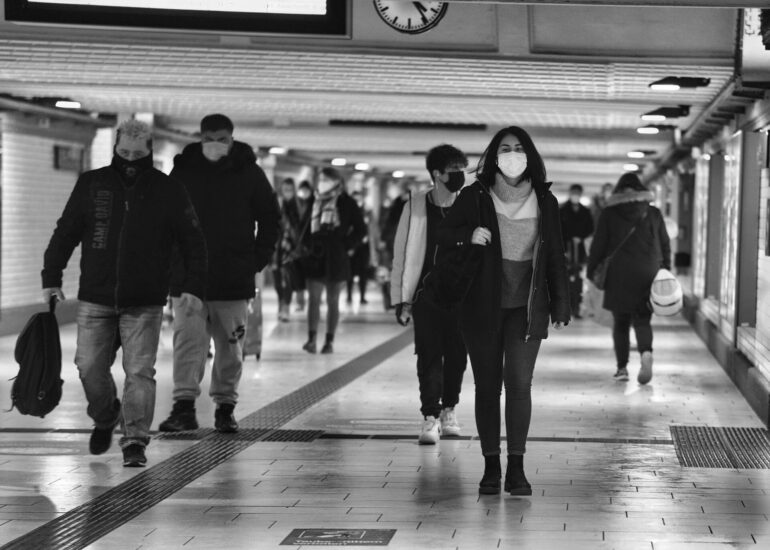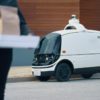Crowded places tend to be a hub for infectious disease transmission. The COVID-19 pandemic has shown us that it is necessary to find ways to manage crowded areas to help curtail the spread of infectious diseases. Unmanned aerial vehicles (UAVs), such as drones, can detect and record environmental conditions at different heights above the ground in real-time. This makes them ideal for detecting overcrowding and abnormal crowd behaviors, such as riots.
To this end, a group of scientists led by Professor Gwanggil Jeon from Incheon National University, Korea, have developed a real-time visual sensing system using deep learning algorithms. “In this paper, we propose a real-time system to detect overcrowding and abnormal crowd behavior. The monitoring system detects over-density using UAVs that communicate with a social monitoring system (SMS),” says Prof. Jeon.
Their findings were made available in IEEE Transactions on Industrial Informatics.
The system can be broken down as follows. First, the UAV captures footage of the crowd. Then video frames from this footage are fed into the decision-making system. In this decision-making system, the features are first extracted using a ‘modified ResNet architecture.’ Then, features are selected using a ‘water cycle algorithm’ (WCA), and subsequently classified into different categories describing the level of crowdedness or the crowd behavior. Finally, this data is fed into an SMS.
The proposed model was successfully able to detect overcrowding with an accuracy of 96.55% in real-time. It was also able to detect crowd behavior, which is important for monitoring and suggesting alternative routes to prevent the spread of infectious diseases. The system is moreover robust and offers fast detection with high accuracy due to the modified ResNet architecture, which has fewer end-to-end layers.
“Our novel system can be deployed and implemented in smart cities to help to meet several social system purposes. It is a powerful tool that can help curb the spread of infectious diseases, such as COVID-19 by monitoring crowd behavior and suggesting appropriate routes for crowd movements by SMSs,” concludes Prof. Jeon.
The proposed system paves the way toward the real world application of visual sensing for the purposes of crowd control.
More information:
Khosro Rezaee et al, Smart Visual Sensing for Overcrowding in COVID-19 Infected Cities Using Modified Deep Transfer Learning, IEEE Transactions on Industrial Informatics (2022). DOI: 10.1109/TII.2022.3174160
Provided by
Incheon National University
Citation:
Deep learning-assisted visual sensing to detect overcrowding in COVID-19 infected cities (2023, February 7)



